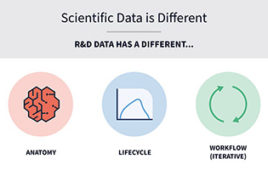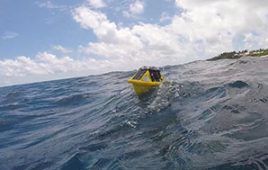 |
| We will be landing in five minutes. Really.: GE Aviation’s new flight management system can track aircraft to an accuracy of 10 meters (32 feet), and the time of arrival to within 10 seconds |
We’ve all been on that plane, flying in frustrating loops 10,000 feet above our destination. The clock is merciless and the countdown has begun. With your eyes pinned on the airport map in the airline magazine, you calculate times between gates and minutes till your connection leaves. Are you going to make it this time?
There are ways to deal with the problem. A digital technology called Required Navigation Performance (RNP) allows planes to fly along precisely defined routes using GPS satellites, rather than rely on land-based radio beacons and an Eisenhower-era air traffic management system. If implemented, it would bring more efficient flight paths, shorter flying times, fuel savings and lower emissions.
Sit tight because this system is a reality. GE Aviation’s new flight management system employs many of RNP’s useful features. GE says that the system can track aircraft to an accuracy of 10 meters (32 feet), and the time of arrival to within 10 seconds. The software and hardware that power the system could allow pilots to fly shorter flight paths and idle thrust on descent, which cuts fuel use, emissions and also noise.
GE just announced that Boeing has ordered the technology for its fuel efficient, next-generation Boeing 737 MAX passenger jets. “Our system is a key part of most airlines’ plan to conduct RNP operations,” said George Kiefer, Avionics vice president at GE Aviation. “It allows them to realize significant cost savings with lower fuel consumption while benefiting the environment with reduced emissions.”
But this is just the beginning. Engineers at GE Global Research are already at work on a flight management system based on “big data.” That system can gather and process information about wind speed, flight patterns, the position and type of nearby planes, and the availability of landing slots and crew at the destination airport. Custom-built complex algorithms crunch the data and come up with the optimal cruising speed. The idea is that pilots will check in for a landing slot right after takeoff and then adjust their cruising speed and altitude to arrive exactly at the given time.




